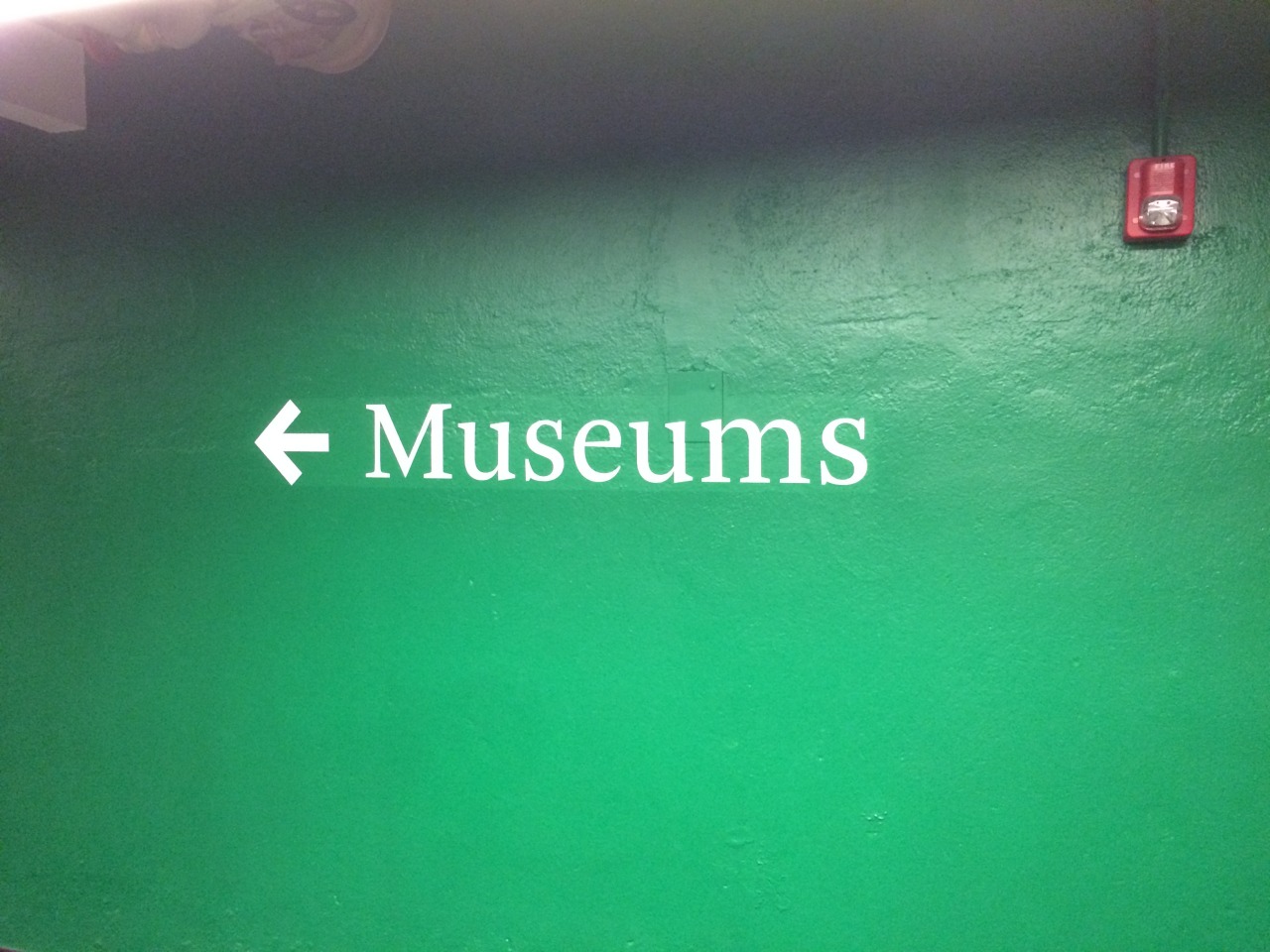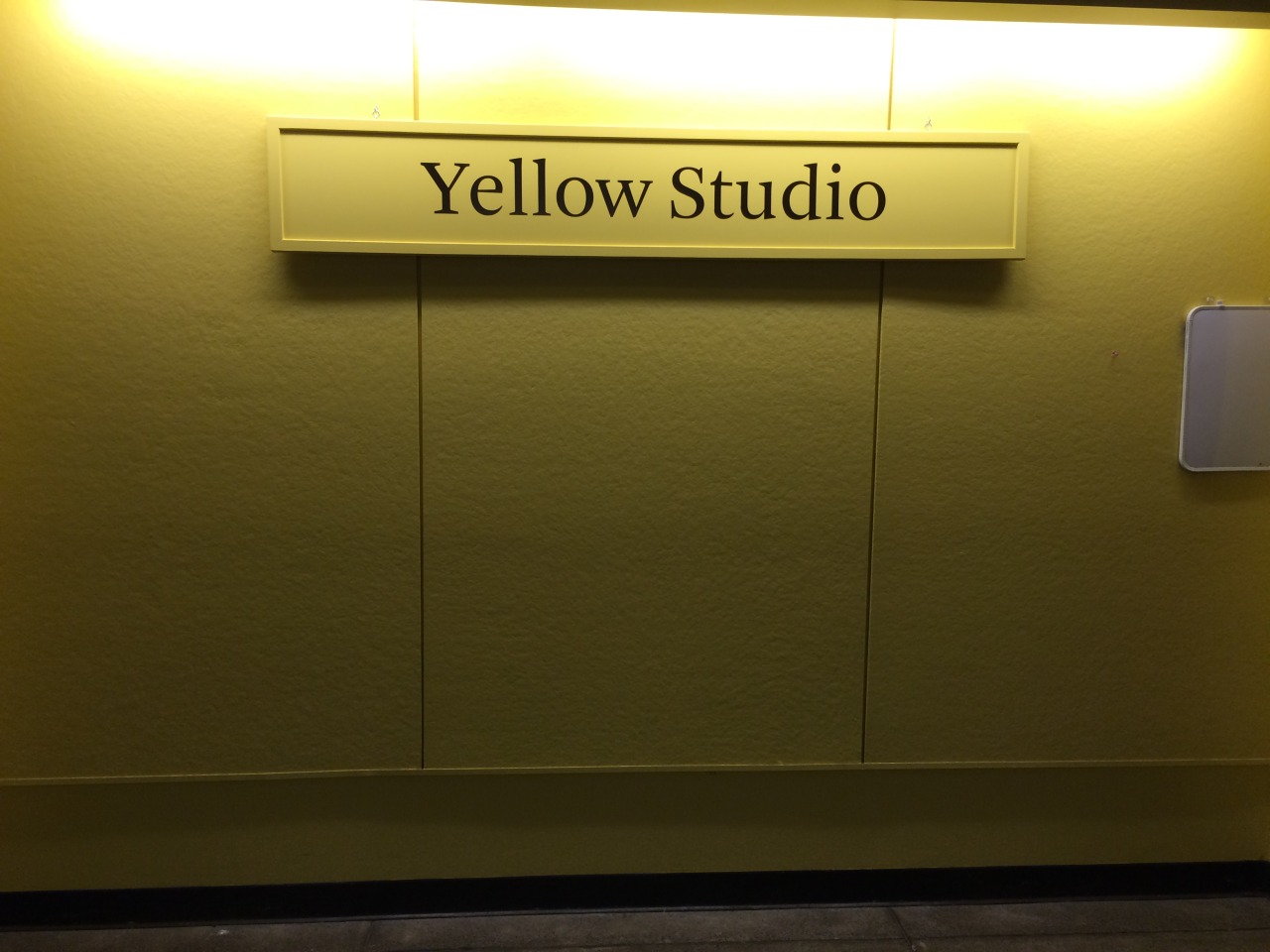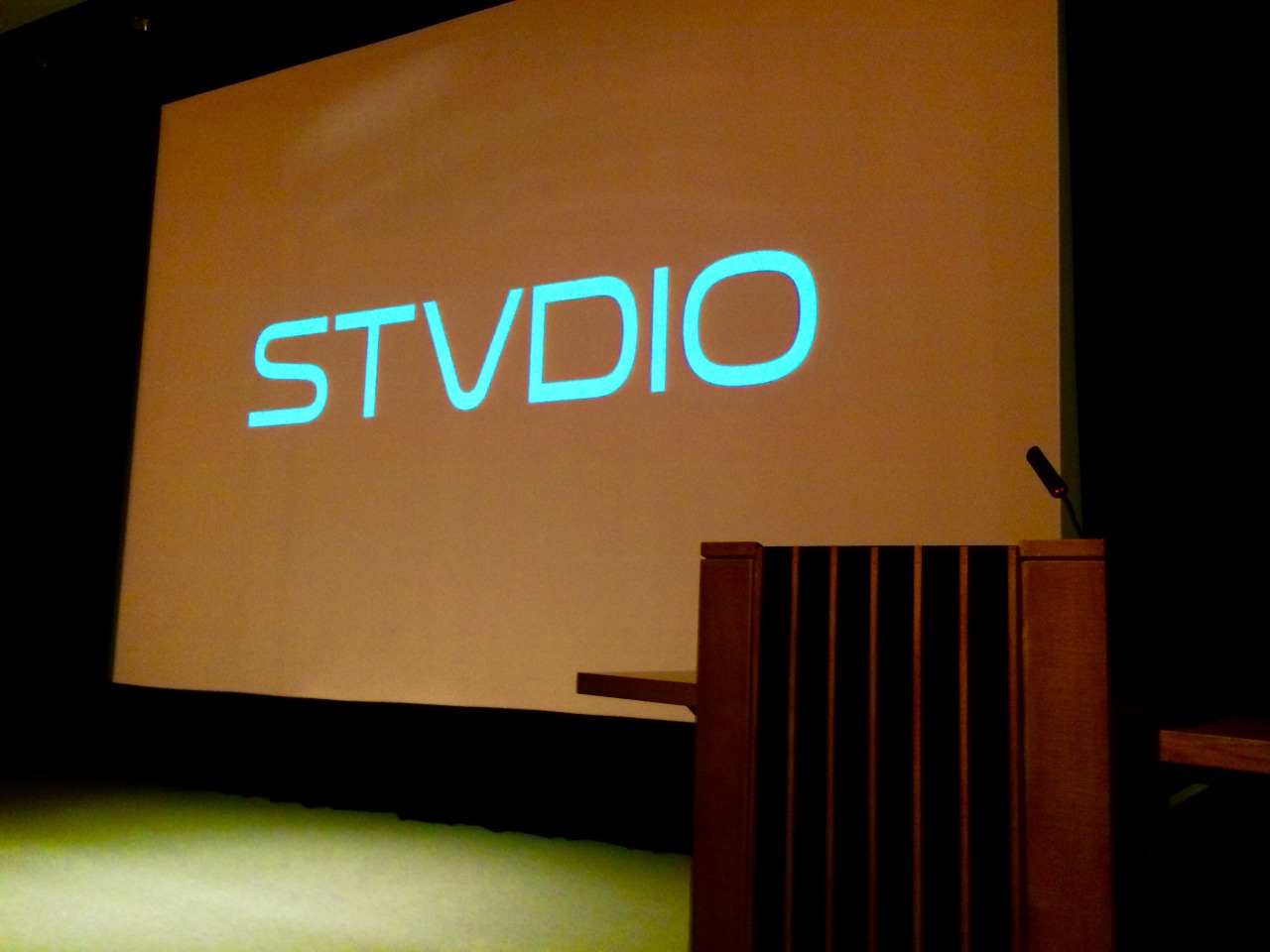Museum of Solution wins international Hands On! Children In Museums Award
Montage of program posters from the Museum of Solutions.
My former home, The Museum of Solutions, Mumbai (MuSo) has won the prestigious international Hands On! Children in Museums Award for 2024.
Congratulations to the MuSo team; founder Tanvi Jindal, the JSW Foundation and supporters — and the extraordinary community of young people MuSo is privileged to serve. <3
The Hands On! award has been given annually since 2011 by the European Museum Academy and the Hands On! International Association of Children in Museums to recognize excellence and innovation in children's museums "through interactive exhibits, educational programs, or inclusive design...that inspire curiosity, learning, and a sense of wonder in young minds."
In bestowing this award, the judges wrote — quite poignantly,
“The different zones on each floor address issues and ideas that are contemporary, bold and emotional. MuSo is not just about exhibits, it is about unlocking the potential within every child to change the world, using exhibitions, educational activities and public programmes to promote learning, enjoyment, reflection, creativity and knowledge. MuSo asks kids to put their ideas into practice, to make projects, finding strategies and solutions, and to realise them.”
The citation continues,
"MuSo is revolutionary, but its ethos is a model for many other countries […] MuSo has a strong belief in the power of children and that children are the changemakers. The young visitors are encouraged and empowered to think for themselves and to find methods and solutions, looking to the future, to make a better world for their communities. The museum does exceptional work, thanks to its extraordinarily committed staff. In the long run, MuSo contributes to raising responsible members of society. Who else but a children’s museum can carry out this educational task in such a holistic way?"
I'm a bit overwhelmed by the judges' words! This feels like what MuSo set out to do so many years ago and yet it still seems bold and aspirational to me, full of challenges and unknowns as well as deep significance.
(I am remembering a story MuSo's Abhik Bhattacherji told me months ago when I was still in Mumbai. As I recall, he had asked an elderly woman in the museum's library — LiSo, the Library of Solutions — how she was enjoying her visit and she burst into tears. She told him that she had grown up in great poverty, and she never imagined that in her lifetime she would see her two young grandchildren happily reading books together in such a beautiful, joyous, purposeful space.
Almost every day brought a story like that, and almost every day brought a new glimpse of just how deeply significant and impactful [and necessary!] this new kind of museum can be. Let's have many more of them. Young people, and our collective future, deserve no less.)




































